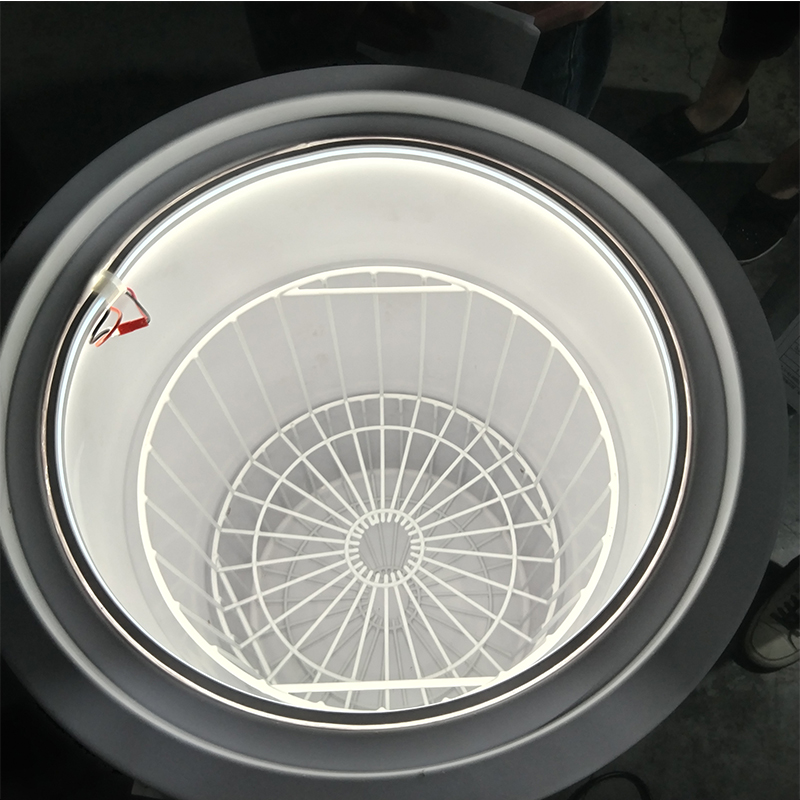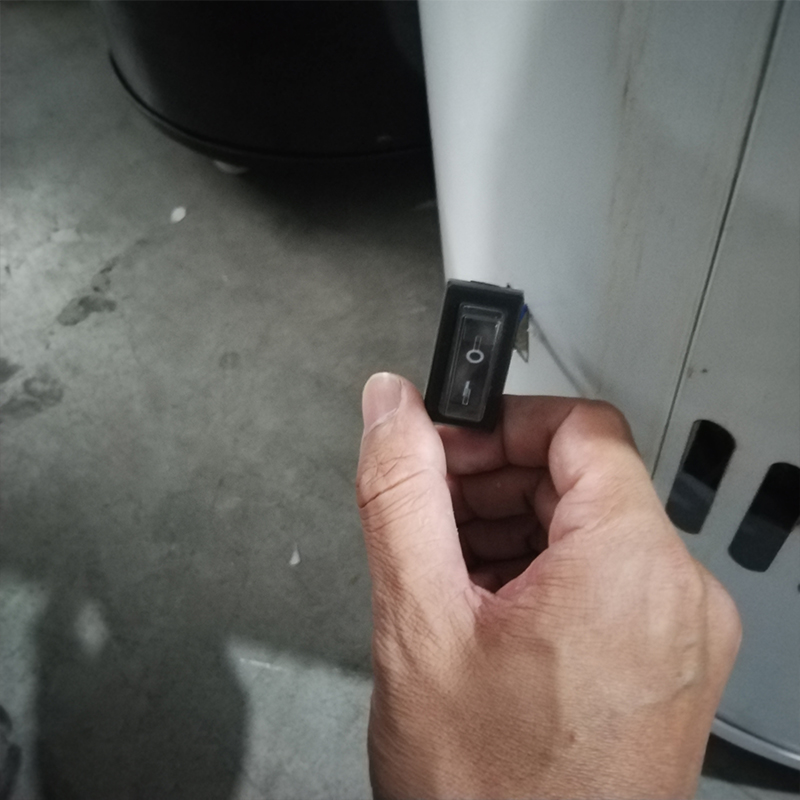Commercial filling refrigerators are widely used in industries such as food and beverage. Proper use can ensure the freshness of items, extend the equipment’s lifespan, and reduce energy consumption. They can be used in outdoor gatherings, trips, and concert events. Due to their small size and low required power, they are a must – have for households.
I. How to Install and Select
First, place it in a well – ventilated, dry, and flat area, away from heat sources and direct sunlight. For example, keep it away from stoves and radiators, and avoid long – term sunlight exposure to the cabinet. Leave enough space around it. The top should be at least 50 cm away from the ceiling, and the left, right, and back sides should be at least 20 cm away from other objects to facilitate heat dissipation and maintenance.
Secondly, let it stand for 2 to 6 hours before turning it on. During transportation, the refrigeration oil in the compressor may shift, and turning it on immediately can easily damage the compressor.
Thirdly, check the power supply before use to ensure that the voltage matches the equipment requirements. Generally, it is 220V/50HZ (187 – 242V). If it does not match, install an automatic voltage regulator of over 1000W. Use a separate dedicated socket, and the socket should have a reliable grounding wire to prevent electric shock. If the pow
II. What to Pay Attention to When Starting for the First Time?
When using it for the first time, let it stand for 2 hours, then connect the power supply and let the empty refrigerator run for 2 to 6 hours to stabilize the refrigeration system and reach the preset temperature. Pay attention to the sounds of the compressor and the fan during operation. They should operate smoothly without abnormal noise and vibration.
When starting for the first time, set a moderate temperature. For example, set the refrigeration temperature at around 5℃. After it runs stably, adjust it according to the stored items. Different items have different suitable temperatures: 2℃ – 10℃ for beverages, 5℃ – 10℃ for fruits and vegetables, 0℃ – 5℃ for daily – allocated products and dairy products, and – 2℃ – 2℃ for fresh fish and fine – cut meats.
III. How to Store and Adjust the Temperature in Daily Use?
1. Classified Placement
Store items according to their types and shelf – lives. Put similar items together to avoid spending too much time rummaging when opening the door, reducing cold loss and energy consumption. For example, keep beverages, food, and medicines separated
2. Packaging Requirements
- Use sealed containers or plastic wrap for packaging to reduce water loss and odor diffusion and prevent cross – contamination. Let hot food cool to room temperature before putting it in to avoid a sudden rise in the temperature inside the cabinet, which will increase the compressor’s load.
3. Placement Spacing
Leave an appropriate gap of about 2 – 3 cm between items to facilitate the circulation of cold air, improve the refrigeration efficiency, and make the items evenly heated. Do not store too many items at once, not exceeding the load capacity of the refrigerator.
4. Temperature Adjustment
- In summer, when the ambient temperature is high, adjust it to gears 1 – 3 to reduce the temperature difference between the inside and outside, reducing the load and energy consumption. In spring and autumn, adjust it to gears 3 – 4. In winter, when the ambient temperature is low, adjust it to gears 5 – 7 to ensure the freezing effect. When the ambient temperature is lower than 16℃, turn on the low – temperature compensation switch to ensure the normal operation of the compressor.
5. Adjustment as Needed
Adjust the temperature according to the stored items. Place meats and fish at the bottom, at 2℃ – 4℃; place vegetables and fruits in the middle or upper layer, at 4℃ – 6℃; store dairy products and cooked food according to the requirements.
6. Precautions for Opening and Closing the Door
Avoid frequent opening and closing of the door. Keep the opening time of each door as short as possible to reduce the loss of cold air, maintain a stable temperature inside the cabinet, extend the equipment’s lifespan, and reduce energy consumption.
IV. Maintenance
It is very important to maintain the filling refrigerator well. Clean it regularly (at least once every 2 months). Cut off the power supply, gently wipe the inner wall, shelves, drawers, etc. with a neutral detergent and water, then wipe off the detergent with clean water, and finally dry it with a dry cloth. Do not use washing powder, stain remover, talcum powder, alkaline detergent, thinners, boiling water, oil, brushes, etc., as they may damage the cabinet and the refrigeration system.
Pay attention to the external cleaning method. Clean the external dust and stains to keep it clean and beautiful. Wipe the cabinet and door body with a soft cloth. Regularly wipe the door seal with warm water to maintain its elasticity and extend its lifespan.
Clean the condenser and compressor every 3 months, sweep away the dust and debris on the condenser and compressor to ensure good refrigeration effect. Gently brush off the dust with a soft brush without damaging the components.
4. If you find frost formation, when the frost thickness reaches 5 mm, manual defrosting is required. Cut off the power supply, take out the items, open the door, and let the frost melt naturally, or place a basin of warm water at about 50℃ to speed up the defrosting process. Do not scrape the frost with sharp metal objects to prevent scratching the pipes. For indirect – cooling (air – cooled) refrigerators, defrosting is generally automatic. During defrosting, the temperature inside the cabinet will rise for a short time, and condensation may occur on the surface of food, which is normal.
5. Component inspection is also an important part of maintenance. Regularly check whether the door seal is in good condition. If there is damage or deformation, replace it in time to ensure the sealing performance. Check whether the temperature controller is working properly. If the temperature is abnormal, calibrate or repair it in time. Pay attention to the operating conditions of the compressor and the fan. If there is abnormal noise, vibration, or the refrigeration effect deteriorates, contact a professional for repair.
V. Precautions
Do not store flammable, explosive, volatile liquids and gases such as alcohol, gasoline, and perfume in the filling refrigerator to prevent danger.
The ground should be flat. An uneven ground will affect drainage. Poor drainage will affect refrigeration and damage components such as the fan.
If it is not used for a long time, cut off the power supply, take out the items, clean it thoroughly, and leave the door open to prevent mildew and odor. When using it again, follow the steps for starting for the first time.
Post time: Jul-09-2025 Views:



